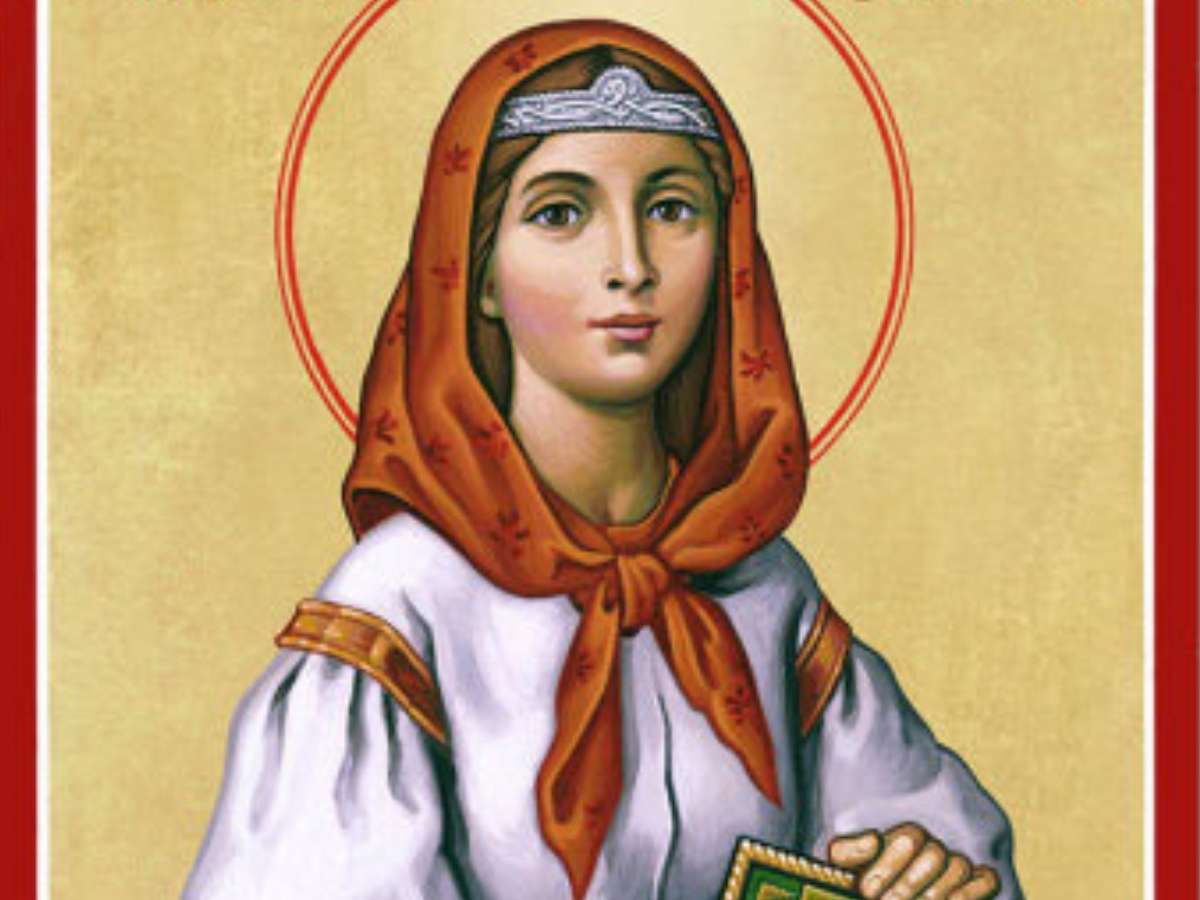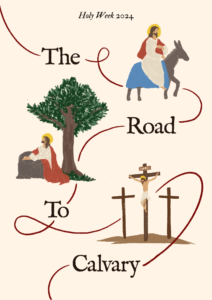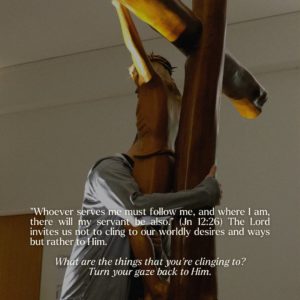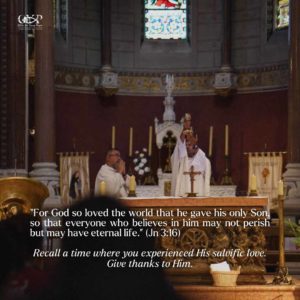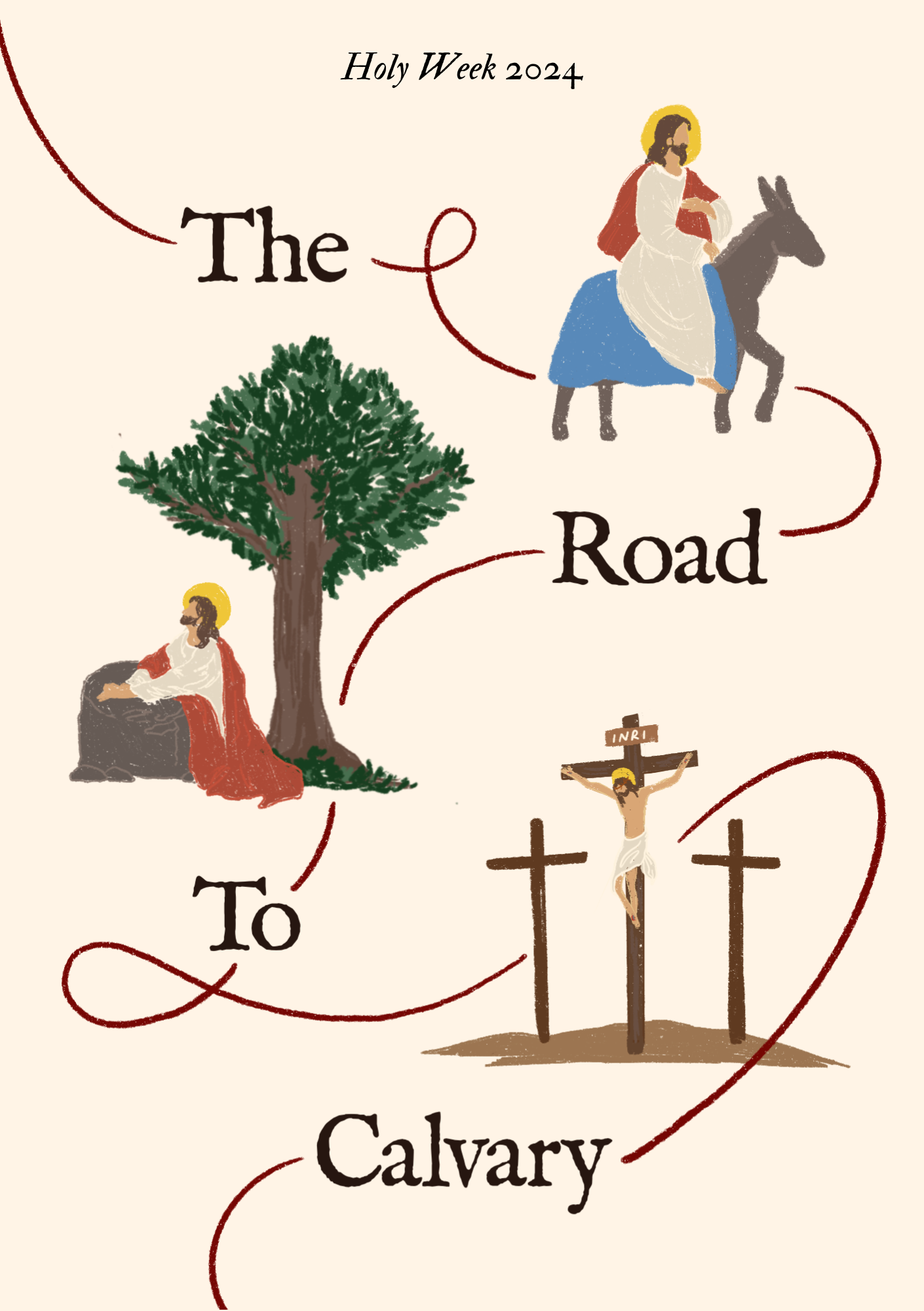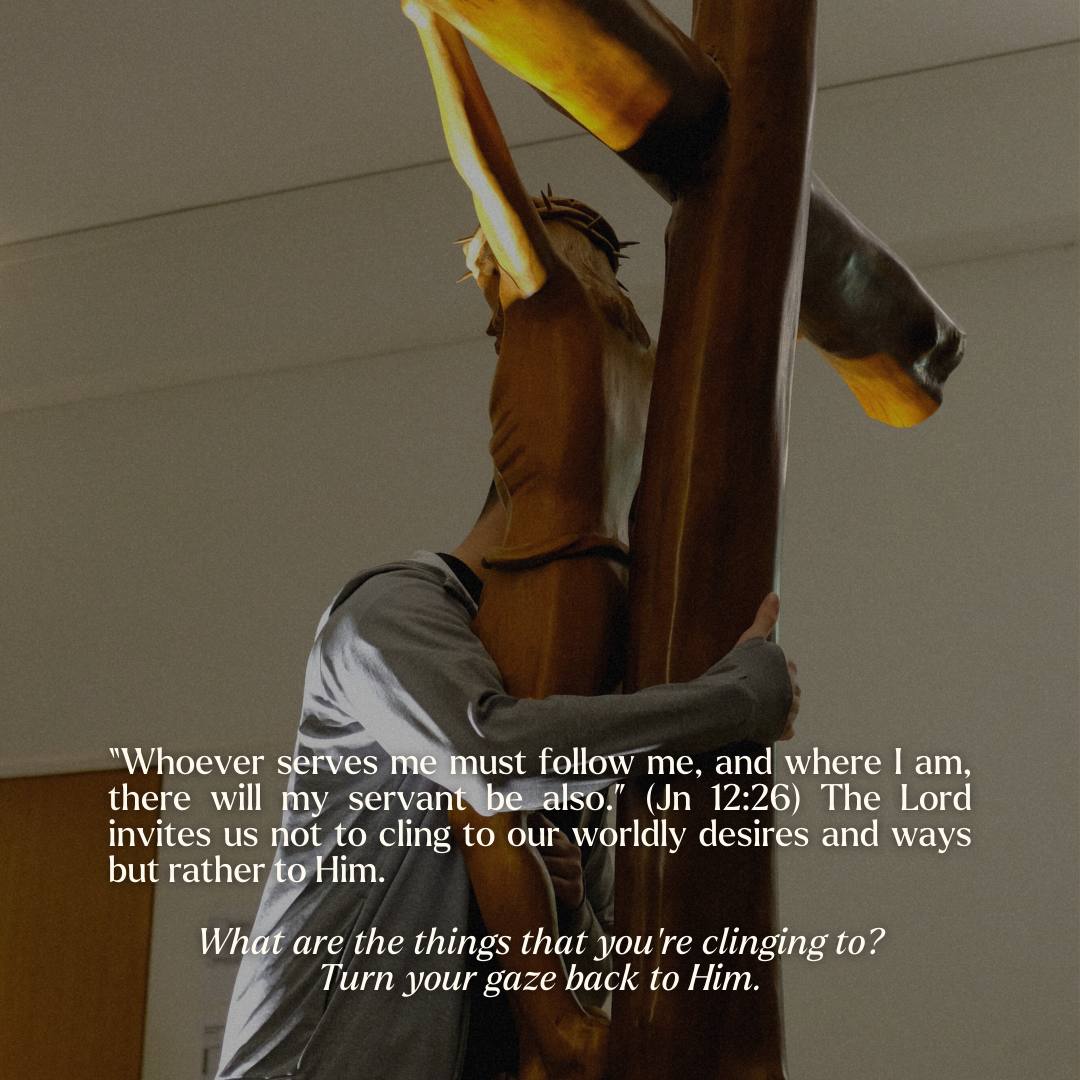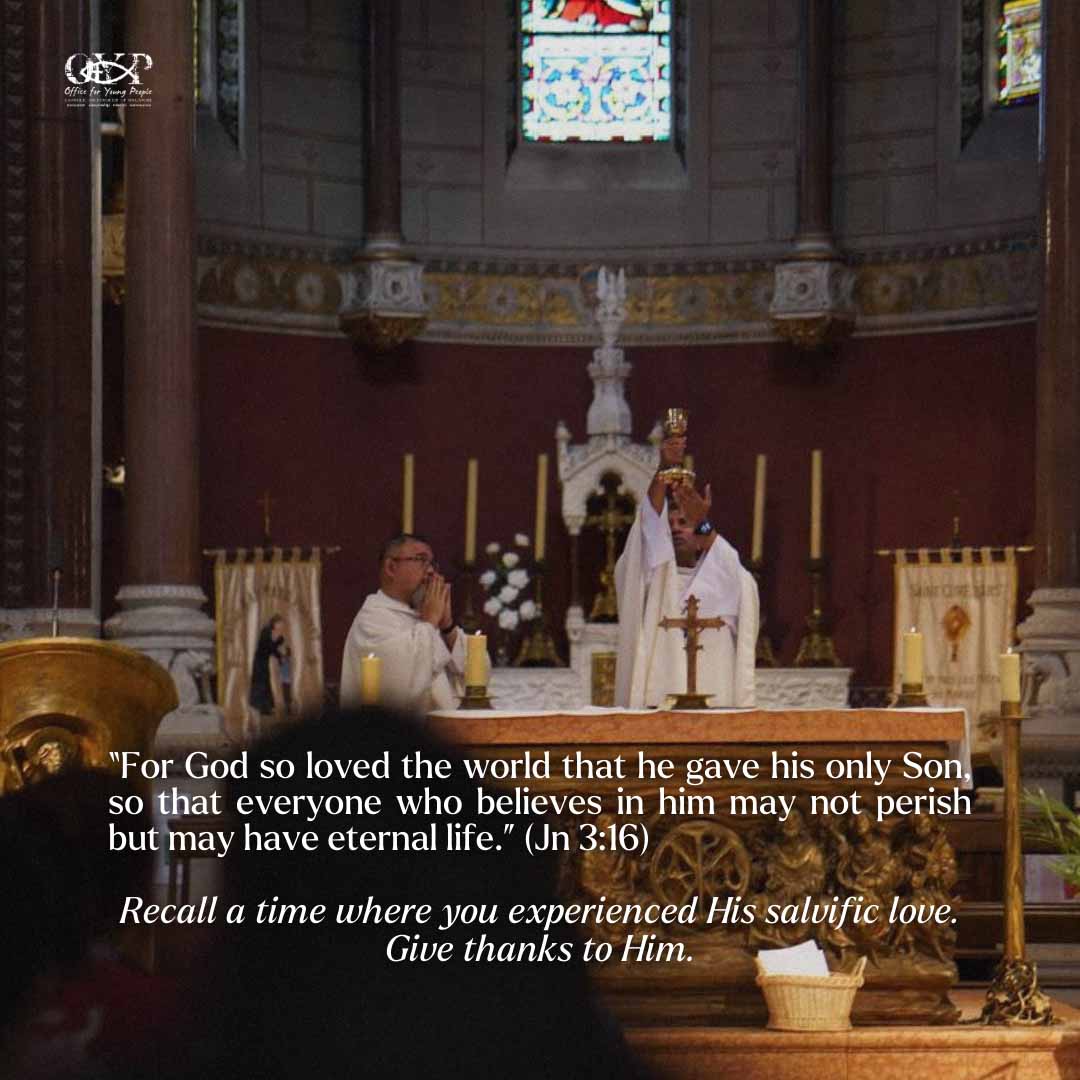By Joanna Ong
Dymphna was born in Ireland sometime in the seventh century to a pagen father and devout Christian mother. At the age of 14, Dymphna consecrated herself to Christ and took a vow of chastity. Her father loved his wife dearly. However, Dymphna’s mother passed away and Dymphna’s father began to suffer a rapid deterioration of his mental stability. He struggled with depression and grief. In his struggles, many suggested he look for a new wife. He agreed if a bride as beautiful as Dymphna’s mother could be found, he would remarry. However, none could be found and in his deranged state and seeing that Dymphna bore a great likeness to her beautiful mother, he decided to marry his own daughter.
Horrified, Dymphna fled to Gheel in Belgium with her spiritual confessor Father Gerebern and two other companions, where they settled down, serving the poor and needy. As they expanded their service and built a hospital, her father, Damon, heard and came to capture them. He ordered the priest’s head to be separated from his body and attempted to convince Dymphna to return to Ireland and marry him. When Dymphna refused, Damon became enraged and drew his sword. He struck Dymphna’s head from her shoulders and left her there.
St Dymphna was buried in a church built in her honour in Gheel, and many pilgrims suffering from mental afflictions that tortured their souls, just as King Damon had tortured his daughter’s, flocked there because of the many miraculous healings that took place through her intercession. Gheel itself became well-known for welcoming these suffering pilgrims with compassion, understanding and human dignity. The priest who had helped Dymphna was also sainted, and his remains were moved to Xanten, Germany.
Significance of Saint Dymphna
Saint Dymphna is the patroness of those suffering nervous and mental afflictions as well as victims of incest.
Traditionally, Saint Dymphna is often portrayed with a crown on her head, dressed in royal robes, and holding a sword. In modern art, Saint Dymphna is shown holding the sword, which symbolizes her martyrdom, quite awkwardly. She is also often shown holding a lamp, while some holy cards feature her wearing green and white, holding a book and white lilies.
How can we relate to Saint Dymphna?
There are many miracles relating to St. Dymphna, the night after her death, a small band of five such wanderers slept upon the place where she died. They awakened the next morning cured of their afflictions. The story of their recoveries spread to neighboring villages and attracted pilgrims, many of whom also experienced miraculous healings.
Many in our modern day pray to Saint Dymphna to seek mental relief. The rising issues of mental health in our society today has also stirred greater awareness. This makes it more important to integrate our life of prayer and ask Saint Dymphna to pray for us too.
Additional Resources:
Catholic Online – St. Dymphna
https://www.catholic.org/saints/saint.php?saint_id=222
Catholic News – The story of St Dymphna
https://catholicnews.sg/2021/05/30/the-story-of-st-dymphna/

